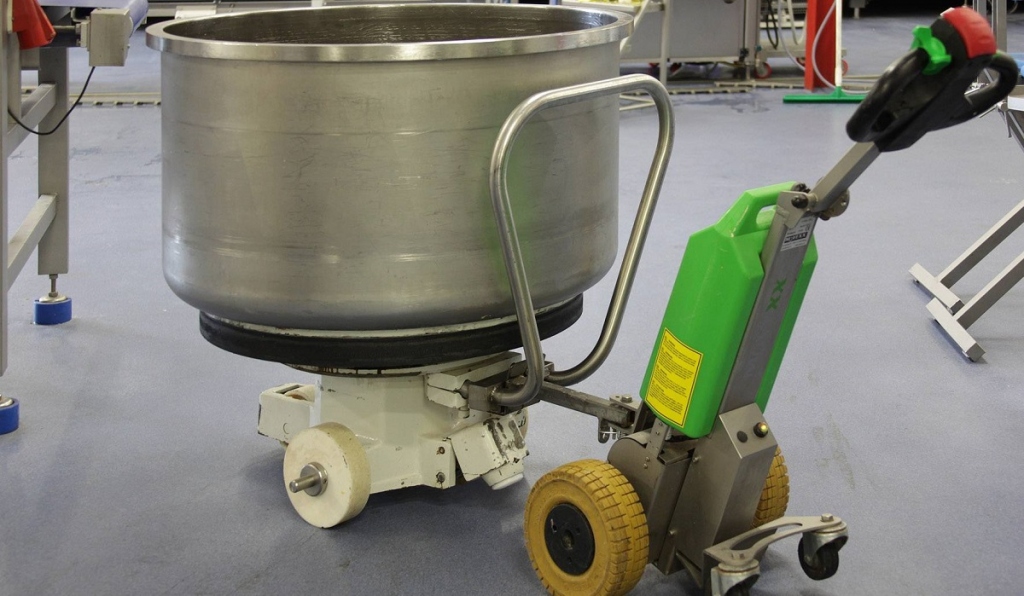If your business uses a lot of different materials on a daily basis, you have to come up with effective ways to deal with them. That is where material handling equipment comes into play. Material handling equipment (MHE) is used to store, move, protect and control various materials in your facilities. There are plenty of both large and small pieces of equipment and what you use also depends on whether you create materials or dispose of them. Here is what you need to know about the types of MHE.
Bulk material handling equipment
When it comes to this type of equipment, it refers to pieces that handle materials that are in liquid form or in bulk. Bulk MHE is tasked with moving, controlling and storing these materials. They can be used for handling food and beverages, as well as metal items, minerals, and liquids.
Depending on what items you deal with on a daily basis, you can implement conveyor belts for all sorts of horizontal transportation and elevators if you need to move things vertically. Moreover, bucket elevators can lift liquid bulk materials and grain elevators are used for granular or similar products. Additionally, hoppers are a useful tool for storing grain as they can discharge the products from the bottom and you can also consider a silo – a tower that stores all sorts of materials, from food products and grain to sawdust, woodchips and coal.
Furthermore, stackers and reclaimers are machines that can help you stack heavy loads or recover them from a stockpile, so you cannot neglect those.
Engineered systems
Engineered systems are a type of material handling equipment that consists of automated units which enable storage and transportation of large volumes of materials. If you combine them, you are able to do everything efficiently.
For example, AS/RS (or Automated Storage and Retrieval Systems) is an automated structure which includes aisles, shelves, and racks all of which can be accessed by some sort of mechanized shuttle system in order to quickly retrieve the necessary items. This entire system can be automated but it can also have a system operator who manually selects the items.
Furthermore, robotic delivery systems are another example of automated systems which can transport products through the facilities or just move them on the assembly line.
A highly efficient way to quickly move large volumes of materials is the implementation of conveyor systems. They use belts, flexible chains, and live rollers to carry heavy materials around the warehouse.
Automatic guided vehicles are also used to move large materials by following specific wires or markers in the floor. Magnets and lasers are also used as navigation.
Storage and handling equipment
Storage and handling equipment differs from engineered systems in that it is not automated. It is used to store materials while they are waiting to be moved to their final destination. It does not matter whether you need to hold them for a shorter or longer period of time.
This type of equipment includes various sorts of shelves, drawers, and bins. Moreover, storing equipment also refers to all kinds of racks, from pallet through push-back and sliding all the way to drive-through and drive-in racks. You can also implement stacking frames which make sure no crashing occurs when you stack products. Another useful solution is installing a mezzanine floor which can provide you with extra space and can be easily moved and dismantled.
Properly organizing your warehouse is crucial for the efficiency of your work. If you learn to maximize your space by implementing the right kind of equipment, you will not have any problems with your workflow and you can avoid potential bottlenecks. Plus, by utilizing all the space you have available, you will be able to store more items.
Industrial trucks
This broad term includes many different types of equipment but they all have one thing in common – they are all used for transportation. Industrial trucks range from small devices that are hand-operated to those that are larger and motorized. In case you do not have a need for a conveyor system, this is a great replacement when it comes to moving, loading and unloading materials.
These devices can be completely automated but also steered by workers. They include anti-collision technology which means that they can sense when an obstacle or employee is near and avoid incidents.
In addition to the previously mentioned automatic guided vehicles, you can also opt for hand trucks, pallet trucks and jacks, platform trucks, sideloaders (which load and unload from the side) and order pickers (which can fill separate orders and pick just one item instead of the full pallet).
So, if you are looking for ways to handle your materials, these pieces of equipment are sure to do the job. Look into them more closely and see which ones you need and don’t hesitate to incorporate them into your daily operations as they are bound to take your business’s productivity to a whole new level.
